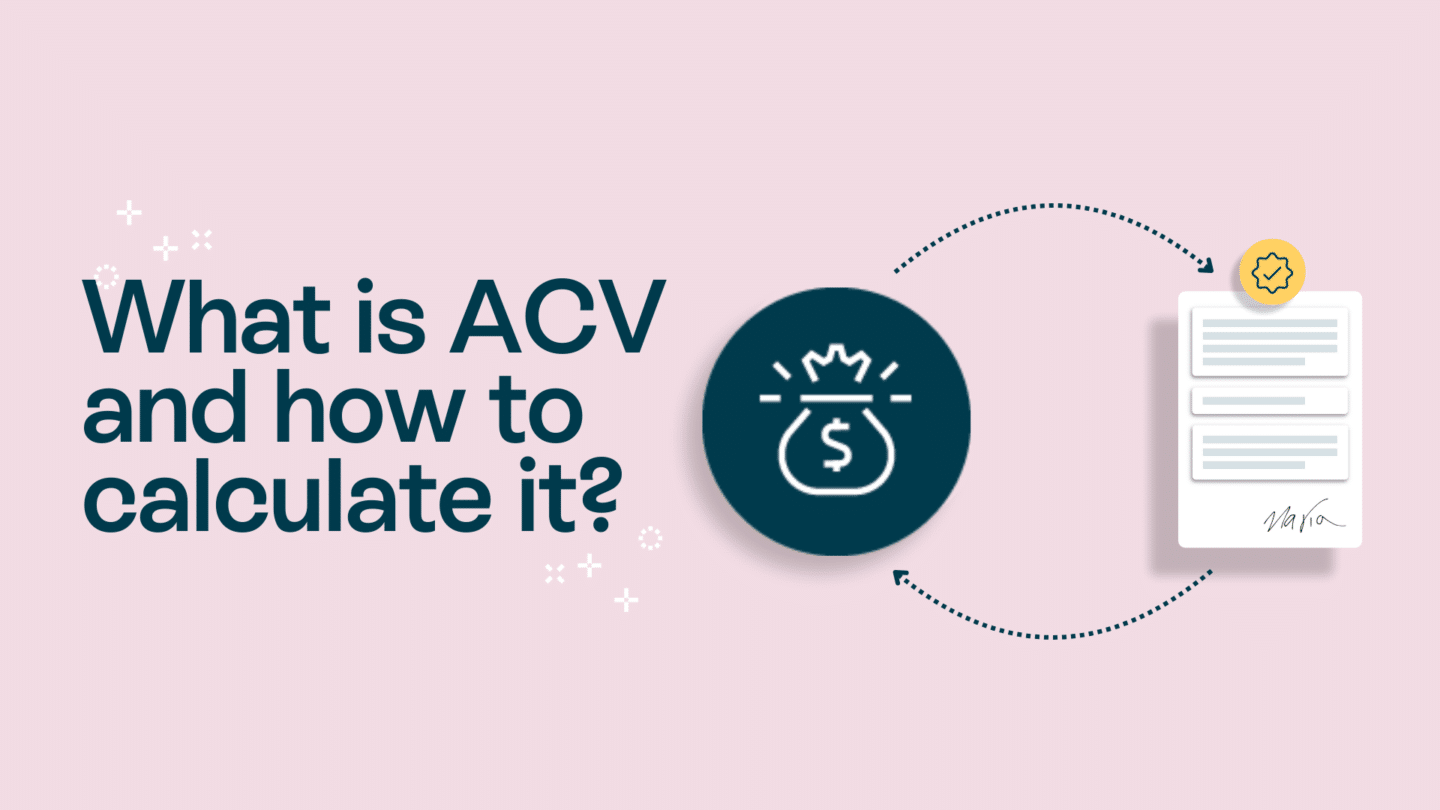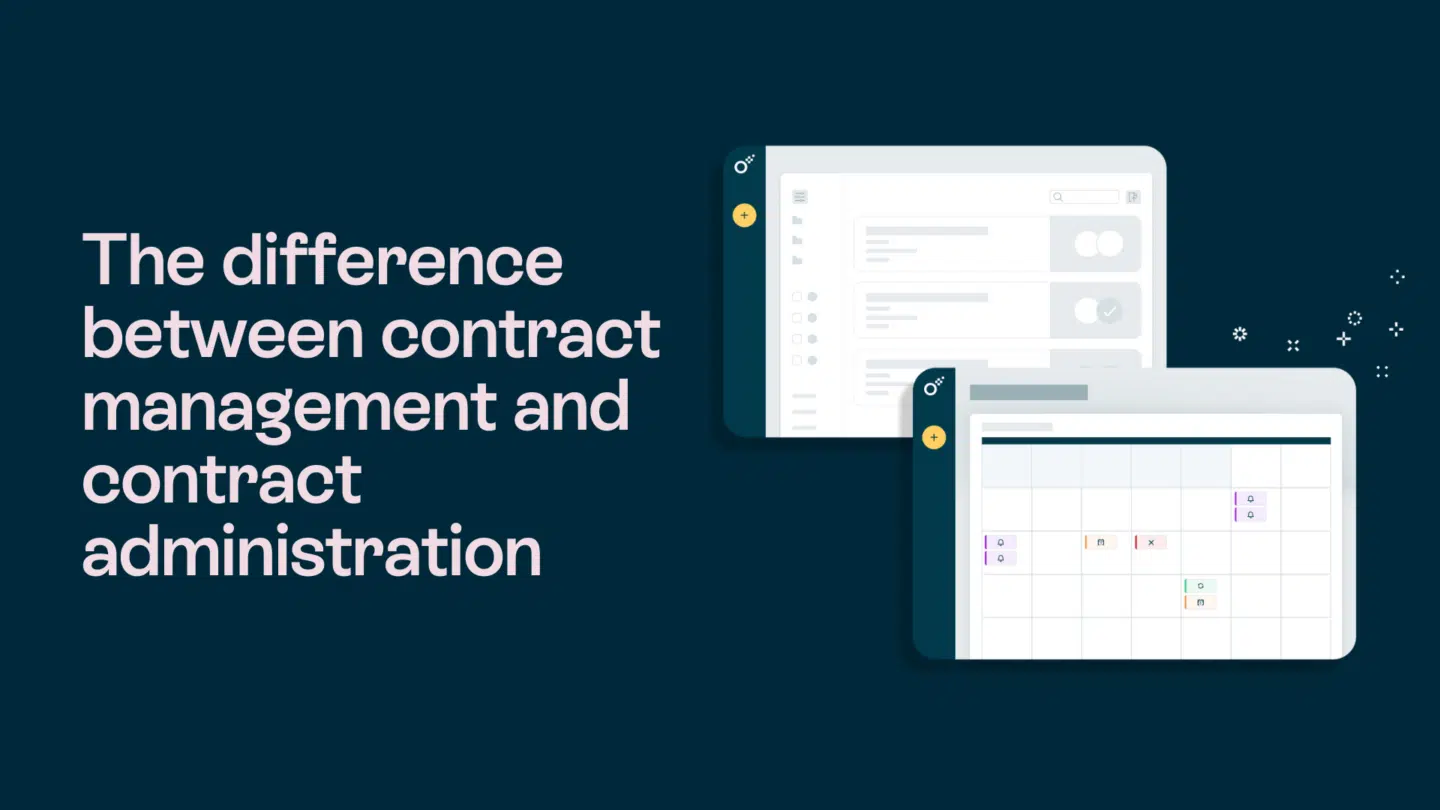Annual Contract Value (ACV) is a key sales metric used by businesses to measure the average annual revenue generated from a contract or customer. It helps sales teams and business owners assess deal value, forecast revenue, and determine customer profitability.
In this guide, we’ll explain what ACV is, why it matters, how to calculate it, and its practical applications in business.

What is Annual Contract Value (ACV)?
Annual Contract Value (ACV) represents the yearly revenue generated from a customer contract. Unlike Total Contract Value (TCV), which measures the entire revenue over a contract’s duration, ACV focuses on a single year.
Key aspects of ACV:
- Applies to multi-year contracts – ACV standardizes revenue over the contract’s duration.
- Excludes one-time fees – ACV typically does not include setup fees or onboarding costs.
- Helps in revenue forecasting – Businesses use ACV to predict annual earnings and plan for growth.
Considerations before calculating ACV
Before calculating ACV, consider the following:
- Understand contract length – ACV is meaningful for multi-year agreements.
- Exclude one-time costs – Focus only on recurring revenue.
- Differentiate between ACV and ARR – Annual Recurring Revenue (ARR) accounts for total revenue across all customers, while ACV focuses on per-customer revenue.
Read also: What is contract management? A complete guide
Who uses Annual Contract Value (ACV) in a business?
- Sales teams – To evaluate deal sizes and customer profitability.
- Business owners & executives – To measure revenue impact and growth potential.
- Finance & revenue teams – To forecast revenue and assess financial stability.
- Customer success teams – To optimize long-term customer value and retention.
How to calculate Annual Contract Value (ACV): A step-by-step guide
Step 1: Identify the Total Contract Value (TCV)
Determine the total revenue a contract will generate over its full term, excluding one-time fees.
Step 2: Determine the Contract Duration (in Years)
Identify how many years the contract will last.

Step 3: Apply the ACV Formula
Use the formula:
total contract value (TCV) ÷ contract length (in years) = ACV
Example calculation:
- A business signs a 3-year contract worth €30,000.
- Using the formula: €30,000 ÷ 3 = €10,000 ACV.
Step 4: Adjust for multi-product or tiered pricing contracts
If a contract includes multiple services or product tiers, break down revenue streams separately before calculating ACV.
Step 5: Track ACV growth over time
Monitor changes in ACV as customers upgrade or expand contracts, helping to identify revenue growth opportunities.
Use cases: Why ACV matters in sales and business growth
Annual Contract Value is essential for:
- Revenue forecasting – Helps businesses predict stable revenue streams.
- Customer segmentation – Identifies high-value customers and sales opportunities.
- Sales performance evaluation – Measures effectiveness of sales strategies.
- Pricing strategy development – Assists in optimizing contract pricing for profitability.
- Investor & stakeholder reporting – Demonstrates predictable revenue for investors.
Read also: Contract lifecycle management: All you need to know
Final thoughts
Understanding and calculating Annual Contract Value (ACV) is crucial for sales and business owners aiming for sustainable revenue growth. By following this guide, you can accurately assess deal value, improve financial forecasting, and optimize customer contracts.
For a deeper analysis of ACV in your business, consider consulting a financial expert or leveraging contract management software for automated calculations.
Disclaimer
All information on this page is derived from publicly available sources. Oneflow does not verify the accuracy, completeness, or currentness of this information. Accordingly, Oneflow assumes no responsibility or liability for any inaccuracies, errors, or omissions in the content, nor for any actions taken in reliance on such information. Users are advised to independently verify any information before making decisions based on it.









